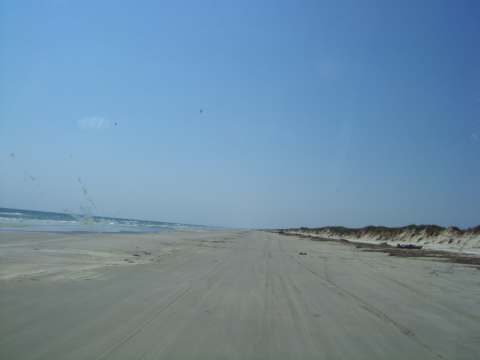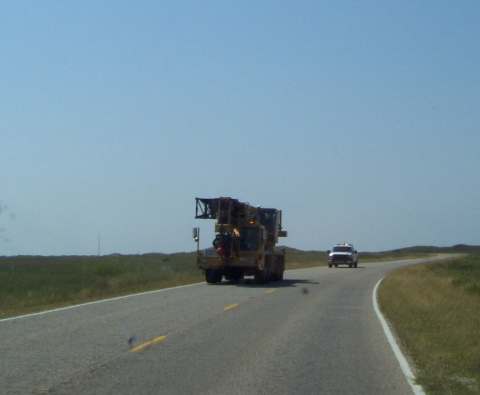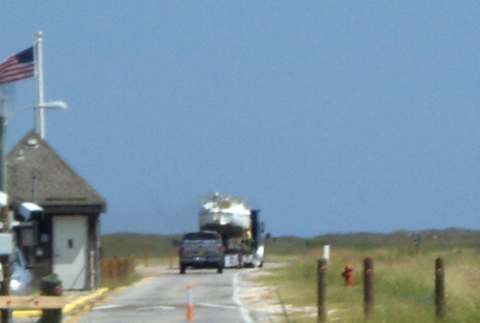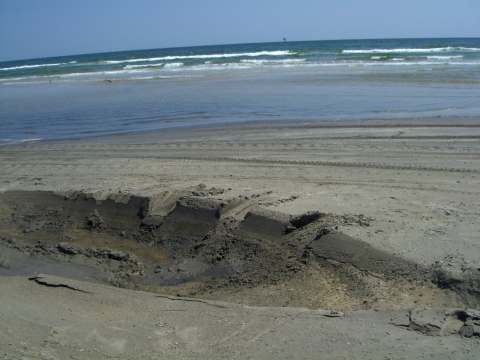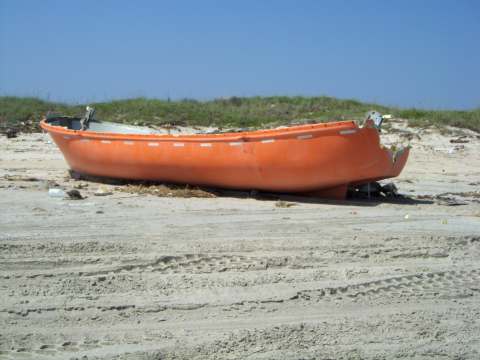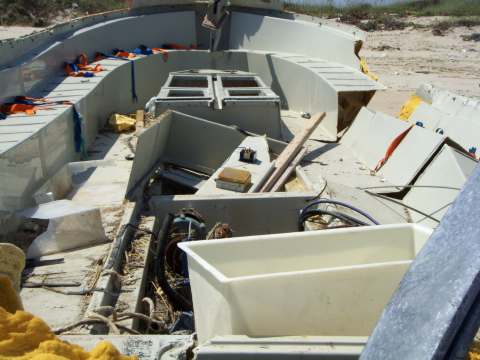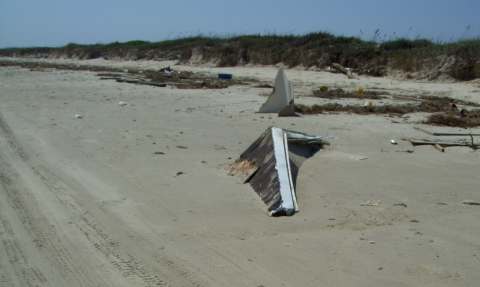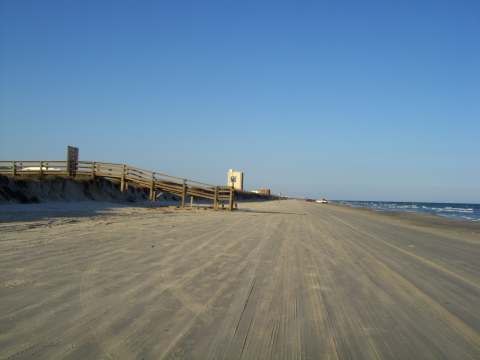Well, we haven’t dropped off the face of the earth. We just haven’t done much lately except read books and lay around the pool. I know it’s a tough life.
Anyway, we took a little road trip to take a look at a couple of lakes that are located northwest of Corpus Christi toward San Antonio.
Lake Corpus Christi and Choke Canyon Reservoir are relatively “young” lakes. As with all but one, Caddo Lake, the lakes in Texas are all man-made reservoirs. These two lakes were created by damming up portions of the Nueces and Frio rivers, respectfully.
Lake Corpus Christi was completed in 1958 and provides drinking water for the city of Corpus Christi. The reservoir covers 18,256 acres (73.9 km²), and has a capacity of more than 269,900 acre feet (332,916,748 m³). The reservoir also provides good fishing opportunities, especially for largemouth bass and catfish. Lake Corpus Christi State Recreation Area provides camping and picnicking areas and two fishing piers.
Choke Canyon Reservoir was completed in 1982 and also provides drinking water for the city of Corpus Christi. The reservoir also provides good fishing opportunities, especially for largemouth bass and catfish. The reservoir covers 25,670 acres (103.9 km²) in Live Oak and McMullen counties, and has a capacity of more than 695,000 acre-feet (0.85 km³) of water.
Both lakes have been stocked with species of fish intended to improve the utility of the reservoir for recreational fishing. Fish present in Corpus Christi Lake and Choke Canyon Reservoir include alligator gar, white bass, white crappie, catfish, and largemouth bass, sunfish, and bluegill. Plant life in the lake includes American pondweed, coontail, water stargrass, rushes, cattail, and hydrilla.
Each lake has areas set aside for Texas State Parks. They are appropriately named Lake Corpus Christi State Park and Choke Canyon State Park. On Choke Canyon, the park is located in two places on the south shore of the lake, and provides access to the lake and a number of other recreational activities.
Choke Canyon is surrounded by the state park and some large game hunting ranches where you can hunt, using rifles for this purpose from sites as https://technomono.com/best-airsoft-sniper-rifle. There are no houses on the lake. As you can see by this photo, when they make a new lake, you have to watch where you take your boat.
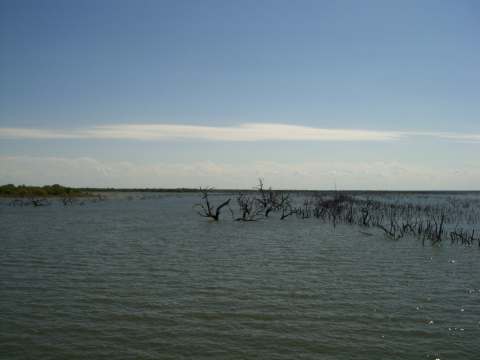
As with most Texas state parks, the parks at these lakes have are well kept and beautiful.. The camping and RV facilities are extremely nice and spacious. In the background of this shot you can see one of the recreation area buildings along the lake.
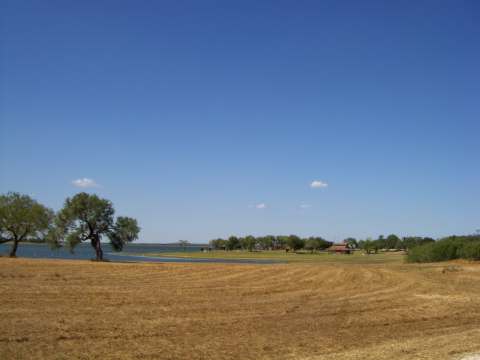
We stopped at this area and thought it would be a good place to take a swim.
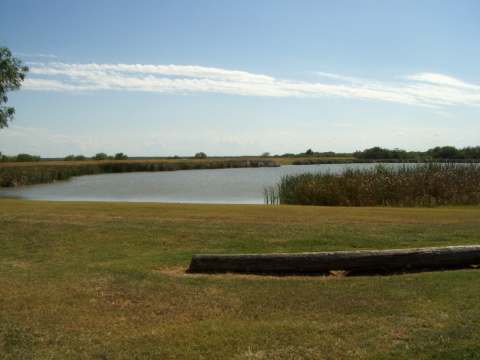
Then we saw this sign and changed our minds.
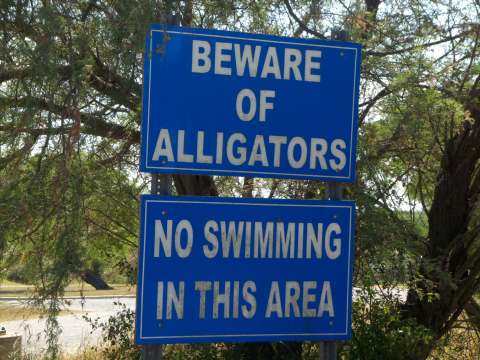
They actually had swim areas on other parts of the lake. No thanks.
We drove completely around both lakes. As I mentioned, Choke Canyon has no housing areas, but Lake Corpus Christi has numerous, economically diverse, residential areas. You’ll find many areas with run down trailer houses on one end of the spectrum and a few areas with high end housing at the other. The nicer homes were near the town of Mathis.
In a residential area that was not directly on the lake, we spotted this trampoline.
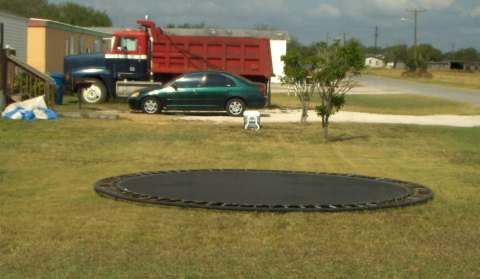
Either they have a hole under it or have the toughest kids in the neighborhood.
These lakes are probably not going to be future locations for our eventual homestead.





